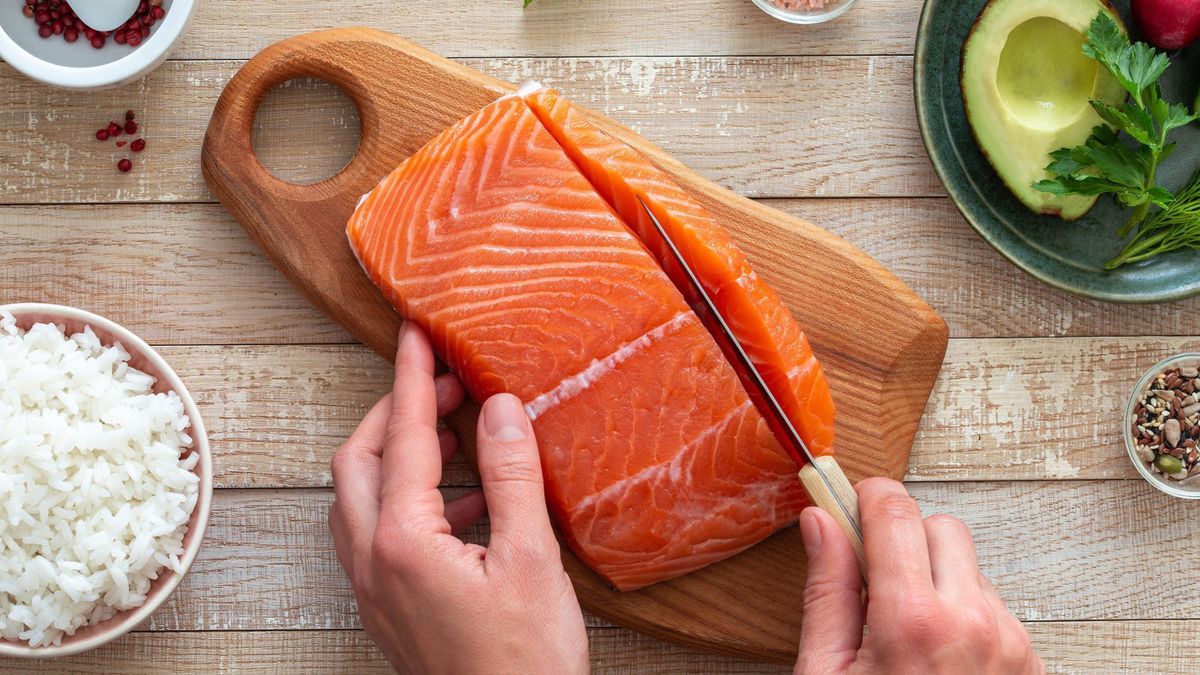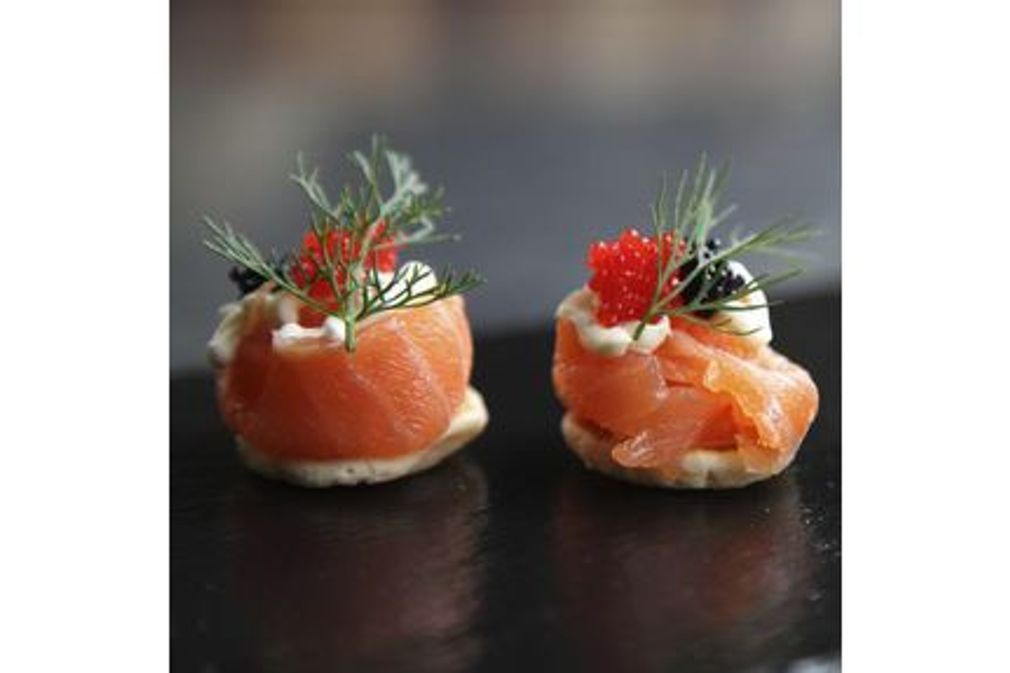
Long a flagship of the festive table or the sophisticated dinner, but an ecological and taste aberration, salmon, which has become “chicken of the sea”, is in the process of being wiped off the menu of the great tables of Europe.
From the sofa to the poke bowl, including its “snacked” version, fish with delicate flesh for special occasions has become a mass consumer product in Europe in just a few decades.
It is the second most consumed seafood product, behind tuna, with an annual average of 2.7 kg per inhabitant, according to the national agency for agriculture and fishing, Europe Agrimer.
“Salmon, we can’t take it anymore, it’s not a local product, it’s a product resulting from a practice that is far too intensive and which we have been served with all the sauces“, sighs the fishmonger of the moment, Arthur Viot, in his establishment at the Parisian Saint-Germain market, from which he has banned him.
In the wild, where it is fished in northern latitudes, Atlantic salmon has been considered a “near threatened” species since the last COP, its population having declined by 23% in fifteen years, due to climate change. .
Child of the Loire, who saw the product “disappear“from the basin, in the west of Europe, where Atlantic salmon come to lay their eggs, starred chef Didier Clément told AFP”don’t be tempted to add Norwegian or Scottish salmon“à la carte. He prefers to look at fish worthy of interest in the pond, “to console himself”.
“At Christmas and that’s it”
In a qualitative version, salmon do not survive in French basins, and the organic farms that start there fight against the warming of the waters in summer, which disrupts the fish cycle.
It was the famous chef, Pierre Troisgros, who took it from gourmet tables to family recipes, in his version with sorrel sauce. “A flash” which he got after learning to work salmon at Maxim’s, the famous Parisian establishment.
But it’s not a “up to standard” product, says Jocelyn Herland, executive chef of the starred restaurant at the Plaza Athénée hotel in Paris.
“It’s marketing that makes us believe it’s noble“, he adds, recalling that in his childhood, we ate salmon “at Christmas and that’s it”.
In the crowd of Organic, Label Rouge, MSC labels, “everyone thinks they eat good salmon and in reality there are very few“, deplores the chef.
“Knowledge of the product no longer exists in the public. They don’t know what salmon is, where it comes from, what it should taste like“, he concludes. He only serves this fish in room service, at the request of VIP clients, or on eggs for breakfast.
Trout sashimi
At the Plaza Athénée, it is exceptionally found on the menu two months a year, only when it arrives fresh from the Adour, a river in the southwest. This French salmon is a miracle”resurrected from the mountain waters of the Pyrenees by a handful of madmen” of its tradition who sell it for 120 euros per kilo.
The guardian of the temple, the two-star chef Jean Coussau, based in the Landes (south-west), delivers the ritual to AFP.
“With this magical fish, you need a sauce that gives power, a little acidity, a classic béarnaise and cooking to the minute, we stay on it“.
At Arthur Viot, a food artisan who is revolutionizing the maturation and selection of fish for some large restaurants, including sushi masters, salmon has no place.as long as there is no successful French production“.
The 28-year-old artisan, a former lawyer, has replaced it in his stalls with trout which he serves as sashimi.
“In the collective imagination, trout has an ugly taste of earth, but if we achieve impeccable fishing and conservation of fish, 90% of people will not know the difference between raw trout and raw salmon.“, he promises.

